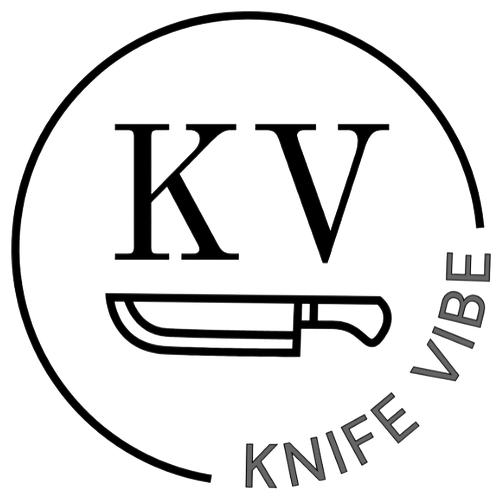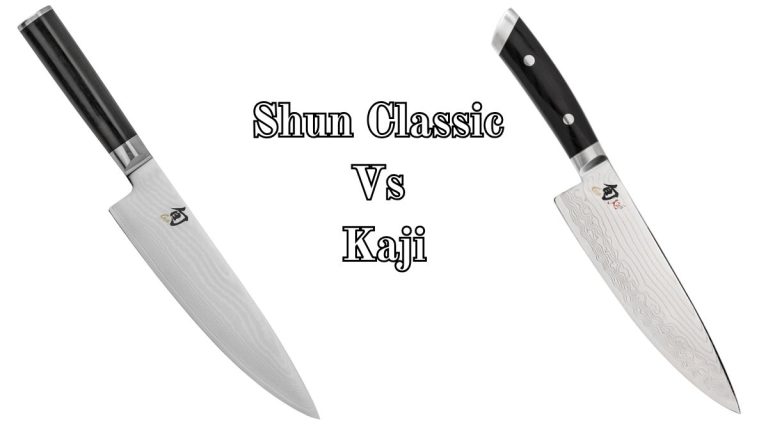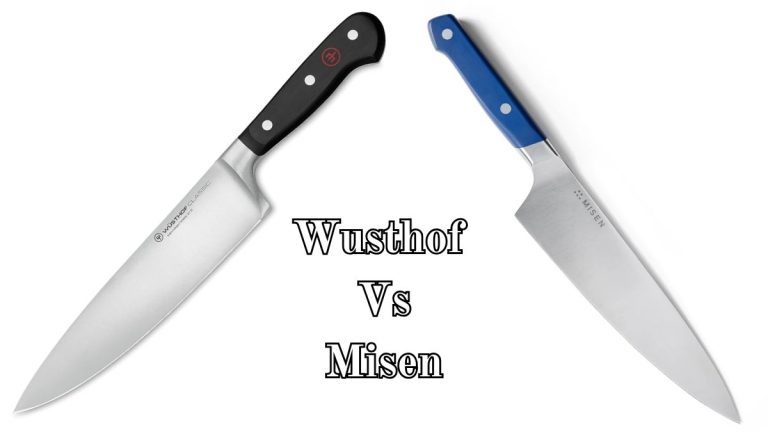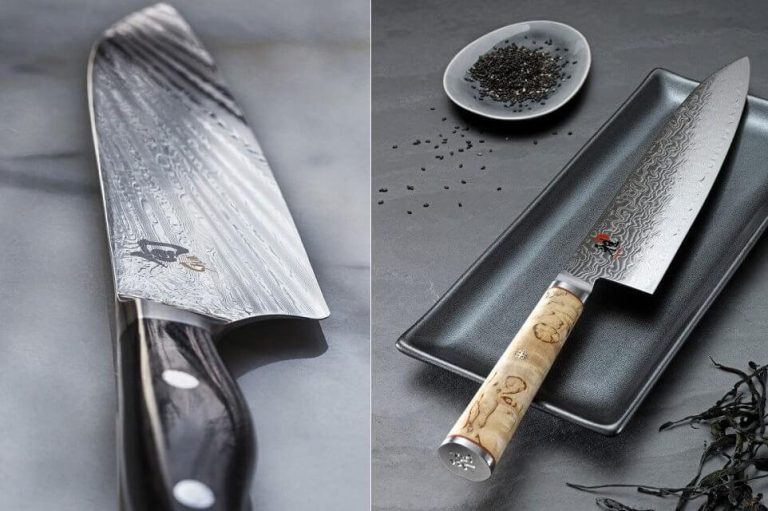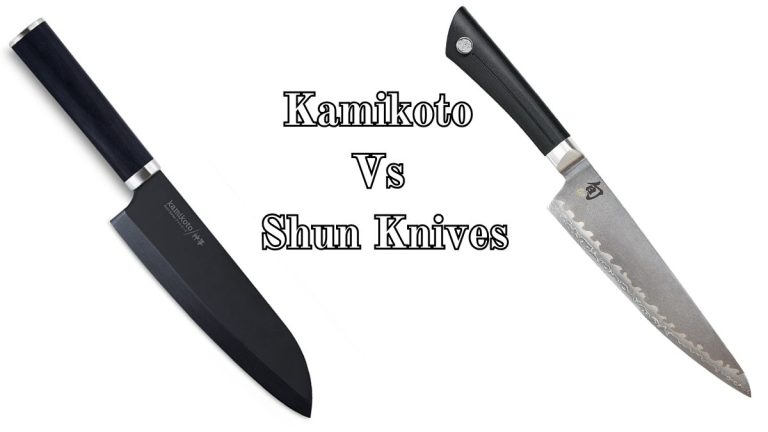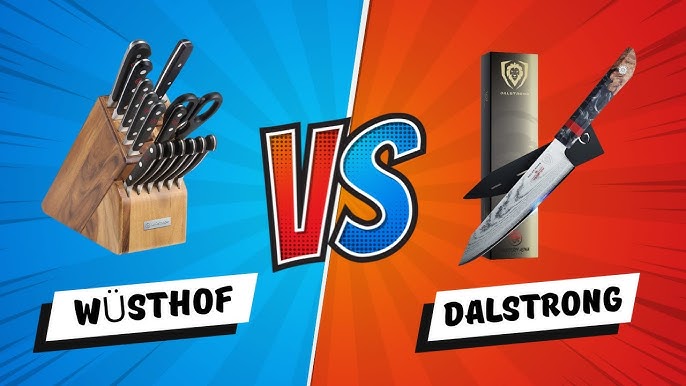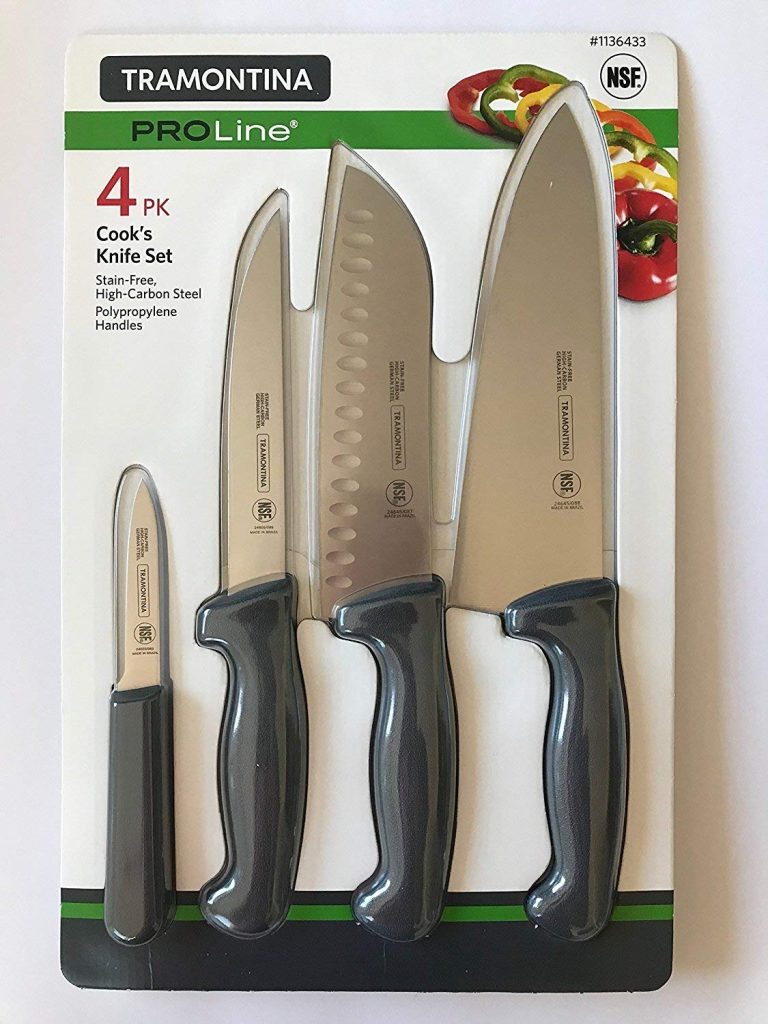What is a Ceramic Knife: Unveiling Its Benefits and Uses
A ceramic knife is a kitchen tool made from hard ceramic materials. It offers a sharp, durable blade for precise cutting.
Ceramic knives have gained popularity due to their unique properties. Unlike metal knives, they resist rust and stains. They are made from zirconium dioxide, which makes the blade extremely hard. This results in a sharp edge that lasts longer than steel.
Ceramic knives are also lightweight, making them easy to handle. They do not transfer odors or tastes, which is ideal for food preparation. However, they can be brittle and may chip if not used properly. Understanding the benefits and limitations of ceramic knives can help you decide if they are right for your kitchen.
Introduction To Ceramic Knives
Ceramic knives are known for their sharpness and durability. They are a popular choice in modern kitchens. Unlike traditional steel knives, ceramic knives have a unique construction. They offer distinct advantages that make them appealing.
Brief History
Ceramic knives have a relatively recent history. They were first introduced in Japan in the late 20th century. The material used is zirconium dioxide, also known as zirconia. This material is exceptionally hard. The process involves pressing zirconia powder into a mold. Then it is sintered at high temperatures. The result is a blade that is both lightweight and sharp.
Initially, ceramic knives were a luxury item. Over time, they became more affordable. Now, they are accessible to home cooks worldwide. Their popularity continues to grow due to their unique benefits.
Comparison With Traditional Knives
| Feature | Ceramic Knives | Traditional Knives |
|---|---|---|
| Material | Zirconia | Steel |
| Sharpness | Extremely sharp | Very sharp |
| Weight | Lightweight | Heavier |
| Durability | Long-lasting edge | Requires frequent sharpening |
| Maintenance | Low | High |
Ceramic knives are lighter than traditional steel knives. This makes them easier to handle. They are also rust-resistant. This is a significant advantage in humid environments. Steel knives, on the other hand, are more robust. They can withstand heavy-duty tasks without chipping. They also offer more versatility in professional kitchens.
Ceramic knives maintain their edge for a long time. They do not need frequent sharpening. Traditional knives require regular maintenance to stay sharp. This can be time-consuming for busy cooks. Ceramic knives are best for precise slicing and dicing. They are not ideal for tasks like deboning meat. Steel knives are better suited for these heavy-duty jobs.
In summary, both types of knives have their strengths. Choosing the right one depends on your needs. Ceramic knives offer convenience and precision. Traditional knives offer versatility and strength.
Material Composition
A ceramic knife is known for its unique material composition. Unlike traditional steel knives, ceramic knives are made from a special kind of ceramic known as zirconium dioxide. This makes them extremely hard and durable.
Zirconium Dioxide
Zirconium dioxide, also known as zirconia, is the key material in ceramic knives. It is a crystalline oxide of zirconium. It is much harder than steel. This hardness gives the knife its sharp, long-lasting edge. Zirconia is also resistant to acids, which makes the knife non-reactive with food.
Manufacturing Process
The manufacturing process of ceramic knives involves several steps:
- Powder Preparation: Zirconium dioxide powder is mixed with other stabilizers.
- Molding: The powder is pressed into the shape of a knife.
- Sintering: The molded knife is heated at high temperatures to form a solid blade.
- Sharpening: The blade is then sharpened using diamond dust. This makes the edge extremely sharp.
This process results in a knife that is not only hard but also lightweight. Ceramic knives are popular in kitchens around the world for their precision and ease of use.
Key Benefits
Ceramic knives have gained popularity for their unique advantages. They offer a range of benefits that make them a favorite in many kitchens. Here are some key benefits of ceramic knives.
Sharpness And Precision
One of the standout benefits of ceramic knives is their sharpness and precision. Ceramic blades are made from zirconium oxide, a hard material. This makes the blade incredibly sharp. A sharp blade means clean cuts. It also ensures food does not tear or crush.
Sharpness is maintained longer than with steel knives. You will not need to sharpen ceramic knives often. This is because the hard material resists wear. Precision cutting is easy with a ceramic knife. This is perfect for slicing fruits, vegetables, and boneless meats.
Lightweight And Comfortable
Another key benefit is that ceramic knives are lightweight and comfortable. The material used in ceramic knives is lighter than steel. This means less strain on your wrist and hand. Cooking for long periods becomes more comfortable.
Lightweight knives are easier to handle. This makes them ideal for those with weaker grips. The balance of a ceramic knife also contributes to comfort. The handle and blade are designed to fit well in the hand.
Here is a table summarizing the key benefits:
| Benefit | Description |
|---|---|
| Sharpness | Maintains a sharp edge longer, requiring less frequent sharpening. |
| Precision | Provides clean cuts, making it ideal for slicing fruits and vegetables. |
| Lightweight | Less strain on the hand and wrist, easier to handle. |
| Comfortable | Designed for a good balance and fit in the hand. |
In summary, ceramic knives excel in sharpness, precision, and comfort. These benefits make them a great addition to any kitchen.
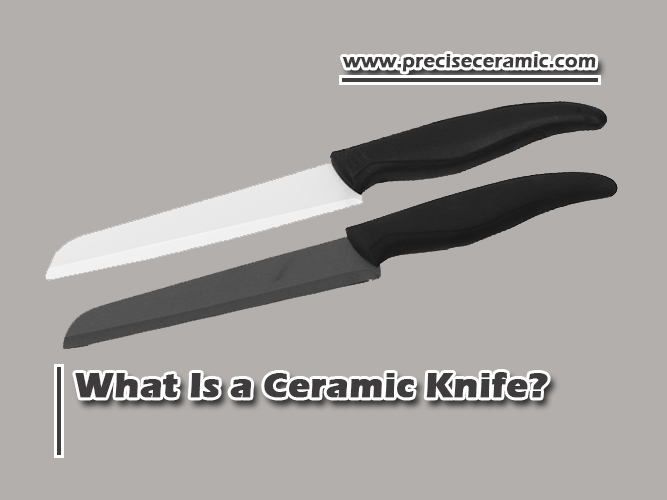
Credit: www.preciseceramic.com
Durability And Maintenance
Ceramic knives are known for their exceptional durability and low maintenance. They retain their sharpness for a long time and require minimal effort to maintain. In this section, we will explore the durability of ceramic knives and share some easy cleaning tips to keep them in top condition.
Resistant To Wear
Ceramic knives are incredibly resistant to wear. Made from zirconium oxide, these knives are second only to diamonds in hardness. This makes them highly resistant to chips, cracks, and dulling.
Unlike metal knives, ceramic knives do not rust or corrode. This adds to their long-lasting durability. They can hold their sharp edge up to ten times longer than steel knives.
Table highlighting the comparison between ceramic and steel knives:
| Feature | Ceramic Knife | Steel Knife |
|---|---|---|
| Sharpness Retention | Very High | Moderate |
| Rust Resistance | Excellent | Variable |
| Hardness | Very High | High |
| Weight | Light | Heavy |
Easy Cleaning Tips
Ceramic knives require simple maintenance. Here are some easy cleaning tips:
- Hand wash the knife with mild soap and water.
- Dry it with a soft cloth immediately after washing.
- Avoid using abrasive sponges or dishwashers.
- Store the knife in a knife block or sheath to protect the blade.
Follow these tips to keep your ceramic knife sharp and clean for years.
Common Uses
Ceramic knives are popular in kitchens for their sharpness and durability. They are lightweight and easy to handle, making them a favorite for many. But what exactly are the common uses of a ceramic knife? Let’s dive into two specific areas where these knives excel and where they should be avoided.
Ideal For Fruits And Vegetables
Ceramic knives are perfect for slicing and dicing fruits and vegetables. Their sharp blades make clean, precise cuts. This ensures that delicate fruits like tomatoes and berries are not crushed.
Vegetables like cucumbers, bell peppers, and carrots are also easy to slice with a ceramic knife. The blades do not react with acidic fruits, so they won’t alter the taste.
Here are some common fruits and vegetables you can use a ceramic knife for:
- Tomatoes
- Strawberries
- Apples
- Carrots
- Bell Peppers
Not For Hard Or Frozen Foods
While ceramic knives are great for many tasks, they are not suitable for cutting hard or frozen foods. The blades can chip or break easily on hard surfaces.
Avoid using ceramic knives on bones, frozen foods, or hard cheeses. These tasks require a stronger, more durable knife.
For clarity, here is a table showing what to avoid:
| Do Not Use On | Reason |
|---|---|
| Bones | Can chip the blade |
| Frozen Foods | Blade can break |
| Hard Cheeses | Too hard for the blade |
Remember, ceramic knives are excellent for specific tasks. Use them where they shine and avoid where they don’t.

Credit: www.crateandbarrel.com
Safety Features
Understanding the safety features of a ceramic knife is crucial. These knives are unique and require specific handling. Let’s delve into the key safety aspects.
Non-reactive Surface
Ceramic knives have a non-reactive surface. This means they do not react with acidic foods. Tomatoes, lemons, and other acidic fruits are safe. This feature prevents metallic tastes in your food. It also ensures that no harmful chemicals leach into your food. Clean cuts and pure taste every time.
Safety Precautions
Using a ceramic knife requires some precautions. They are very sharp and can cause injury. Always use a cutting board to avoid accidents. Keep fingers clear of the blade. Store the knife in a safe place. A protective sheath or a designated knife block is ideal. Avoid dropping the knife. It can chip or break easily. Handle with care and respect.
Choosing The Right Ceramic Knife
Choosing the right ceramic knife can be challenging. Several factors play a role in making the best choice. Consider blade size and handle design to find the perfect fit.
Blade Size Options
Blade size is crucial when selecting a ceramic knife. Different tasks need different blade sizes. A small blade, around 3-4 inches, is great for precision tasks. These include peeling fruits or mincing garlic.
Medium-sized blades, about 5-6 inches, are versatile. They are suitable for slicing vegetables and boneless meats. Large blades, like 7-8 inches, work well for chopping and dicing. They handle larger foods with ease.
Handle Designs
Handle design impacts comfort and control. Ergonomic handles fit comfortably in your hand. They reduce strain during extended use. Non-slip handles provide a secure grip. This ensures safety, even with wet hands.
Some handles have a full tang design. This means the handle and blade are one piece. It offers better balance and durability. Choose a handle that feels comfortable to you. This will improve your cutting experience.
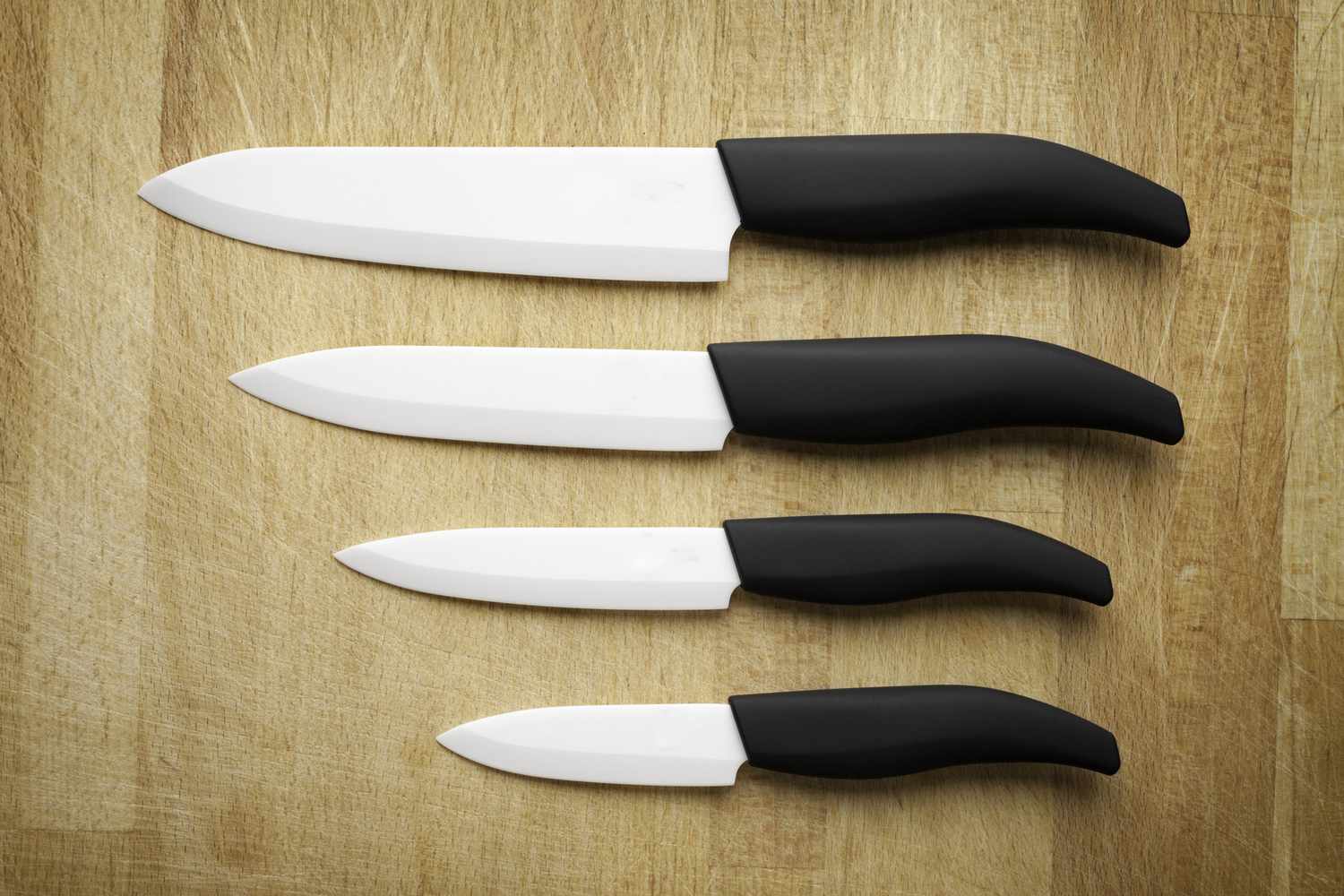
Credit: www.preciseceramic.com
Frequently Asked Questions
What Is A Ceramic Knife?
A ceramic knife is a kitchen tool made from zirconium dioxide. It’s known for its sharpness, lightweight, and durability.
How Is A Ceramic Knife Made?
Ceramic knives are made by dry-pressing zirconium dioxide powder and firing it at high temperatures. This process creates a hard, sharp blade.
Are Ceramic Knives Better Than Steel?
Ceramic knives are sharper and hold their edge longer than steel. However, they are more brittle and can chip or break easily.
How Do You Care For Ceramic Knives?
Ceramic knives should be hand-washed and stored separately to avoid chipping. Avoid cutting hard items like bones or frozen foods.
Conclusion
Ceramic knives offer a unique cutting experience. They stay sharp longer. Lightweight and rust-free, they are perfect for everyday use. Easy to clean and maintain, they make kitchen tasks simpler. These knives are great for precise cuts. But they are not suitable for hard foods.
Handle them with care to avoid damage. Overall, ceramic knives are a practical addition to any kitchen. Give them a try for your next meal prep. Enjoy the benefits of a ceramic knife today.
